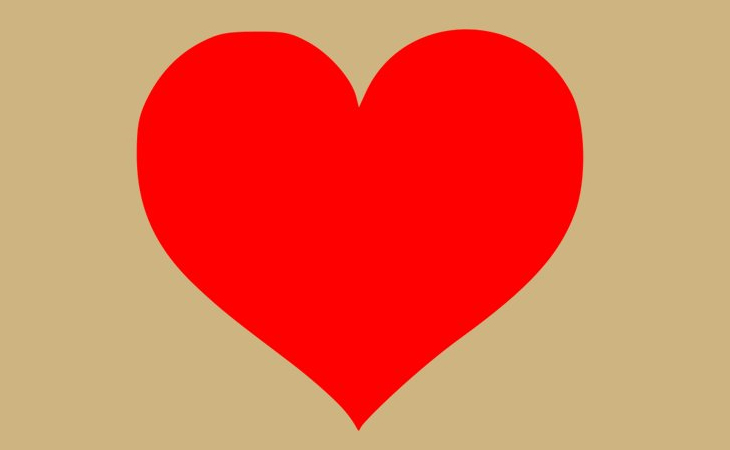A NEW BRAND PARADIGM. If you’re a business, an entrepreneur or even an author, then you’re inescapably a brand, whether you’ve been actively working on your brand or have been oblivious to its existence. Recognizing you’re a brand provides control over its identity and impact in the marketplace.
What is a brand?
• A brand is a person’s gut feeling about a product, service, company or even a person*.
• It’s an entity’s effort to build lasting value by delighting customers *.
* Zag, The 1st strategy of high performance brands by Marty Neumeier
The two bases of branding
• Branding is not about offering more; it’s about differentiation (being different).
• Differentiation is the art of standing out from the competition.
BEING DIFFERENT. BEING RADICALLY DIFFERENT.
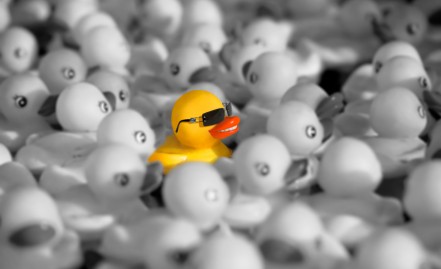
Radical differentiation is finding a unique market positioning that becomes part of our identity, that we can defend and that cannot be duplicated.
Branding: the next generation. Here’s the evolution. What’s next?
• PRODUCTS/COMMODITIES • TRADEMARKS • BRANDS • ???????
The most radical of differentiation lies in a new Brand Paradigm
The journey from products to trademarks to brands has had a profound effect on how businesses deal with consumers; and how people deal with businesses.
Each step of the journey has:
• Turned up the voice of the consumer
• Added weight to what is most difficult to measure—the intangibles of relationships
• Pulled emotion closer to the center
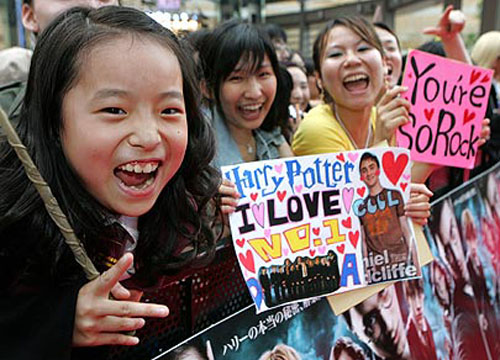
Trademarks were a good start. Some have grown into enduring and untouchable icons:
• The MGM lion that first roared in the 1928 movie White Shadows of the South Seas.
• The classic Coca-Cola bottle designed in 1915.
• The letters of IBM.
Even Stanley Kubrick couldn’t use the letters for his rogue computer in 2001: A Space Odyssey.
However, for some time, clever trademarks have no longer guaranteed successful let alone radical differentiation.
Brands were then developed to create differences for products that were in danger of becoming as hard to tell apart as chunks of gravel. Some brands made it big, for example:
• Amazon • Apple • Dan Brown • Disney • eBay • Google • Harley-Davidson • Harry Potter • LEGO • Marvel • Nintendo • Superman
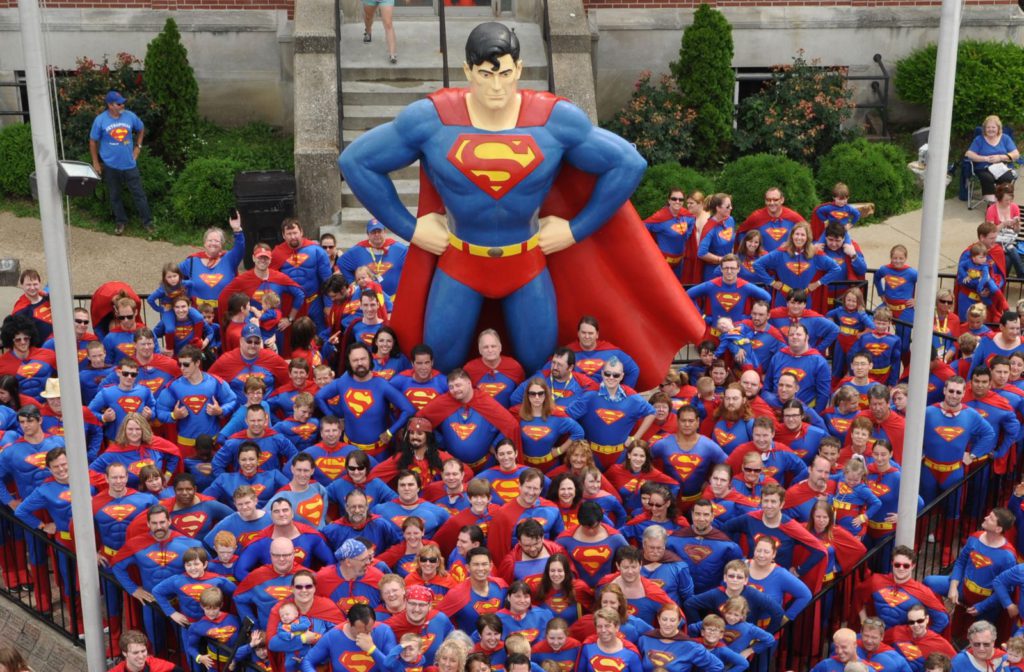
The Attention Economy that flourished in the 1990s and that has reached epic proportions in the new Millennium has become the greatest challenge for today’s brands.
• With thousands of TV channels, movies, radio stations, newspapers and magazines; with millions of websites and billions of phone calls, faxes and e-mails, consumer attention is infinitely fragmented.
• People are overwhelmed by the choices they face. Human attention has become our principal currency.
How do most businesses react to this new reality?
• They go for the “-er” approach: bigger, brighter, better, stronger, faster, easier, newer—and sadly, cheaper.
How should businesses react—or rather act?
• They should focus on making consistent, emotional connections with consumers
• On creating memorable experiences • On convincing people to commit for life
Why such a focus? The social fabric has spread more thinly than ever, and people are famished for new emotional connections.
• People need emotional pull to help them make decisions.
• People want more ways to connect with everything in their lives—including brands.
• People are looking for what they can cherish.
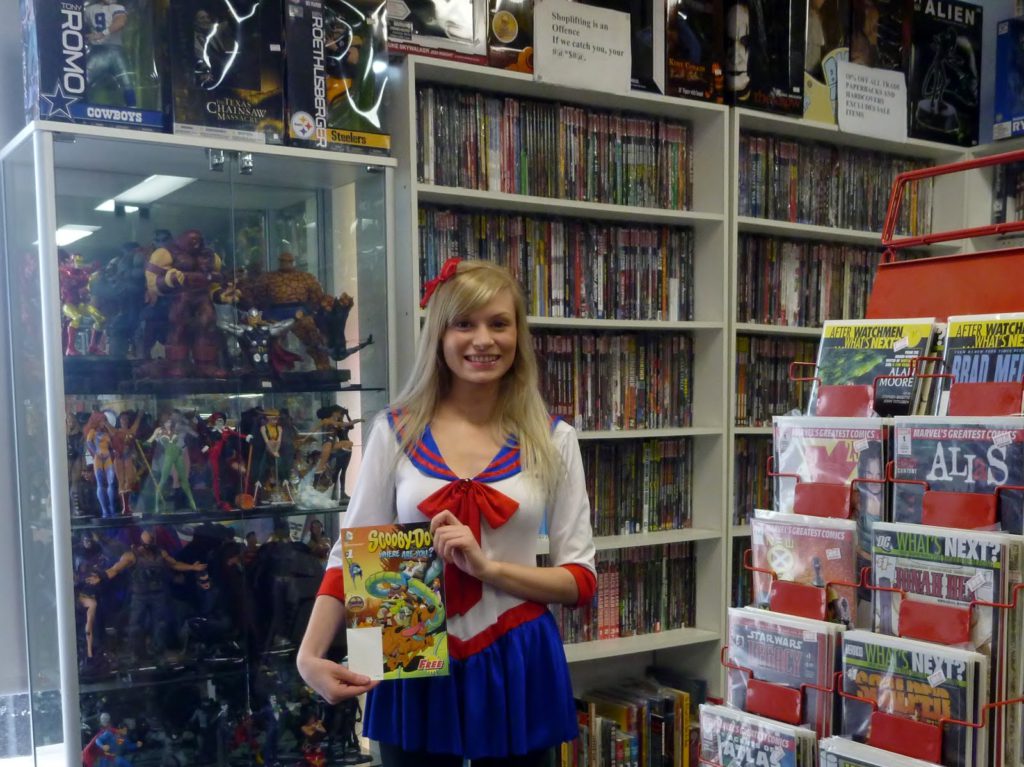
People everywhere are wanting to embrace emotion.
• Emotion has become a legitimate subject for serious research.
• Emotion dominates the best-seller lists with hundreds of titles (art and emotion, culture and emotion, reason and emotion, etc.) • In the business world, emotion is starting to take center stage (emotional branding, emotional markets, emotional capital, etc.)
• How about emotional intelligence, emotional genius, emotional
Human beings are powered by emotion, not by reason.
• “The essential difference between emotion and reason is that emotion leads to action while reason leads to conclusions.” * Donald Calne, MD, neurologist
• “The way this works is very subtle. Most of the time, before seeing something in detail, you have a sense of what it is. Before understanding,
you feel. And making people feel good about a brand, getting a positive emotion is key. This is what makes all the difference. If they feel good about it, they’ll find a rational reason to buy into it.”*
* Maurice Levy, Chairman, Publicis Groupe Paris
Six principal emotions make up most of the volatile mix from which human relationships are formed:
• LOVE
• GUILT
• SHAME
• PRIDE
• ENVY
• JEALOUSY
Which brings us right to Emotion Number One; the most fundamental of them all… LOVE
• “We love our possessions, our brands. They add meaning to our lives and are not, in our minds, inert objects. We wrap our imaginations around them. We express ourselves through them.”*
* Kevin Roberts, CEO Worldwide, Saatchi & Saatchi
“I Love Mickey Mouse more than any woman I’ve ever known.” (Walt Disney)
“Ah, good ol’ trusty beer. My Love for you will never die.” (Homer Simpson)
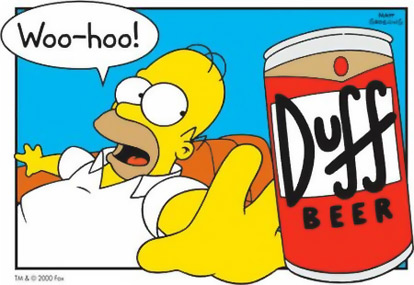
BRANDS need to become LOVEMARKS
• “Good brands create Trust. • Great Brands create Love.
• Great Brands are Lovemarks • Great Brands create commitment and Loyalty beyond reason.”
“Being committed and being involved are not the same thing.
In a plate of bacon and eggs, the pig is committed, the chicken is just involved.”
BRANDS are:
• Information
• Recognized by consumers
• Generic
• a Promise of quality
• Symbolic
• a Narrative
• Defined by attributes
• Professional
LOVEMARKS are:
• About Relationship
• Loved by people
• Personal
• Touch of sensuality
• Iconic
• About creating a story
• Wrapped in mystery
• Passionately creative
Lovemarks are not owned by businesses. They are owned by the people who love them.
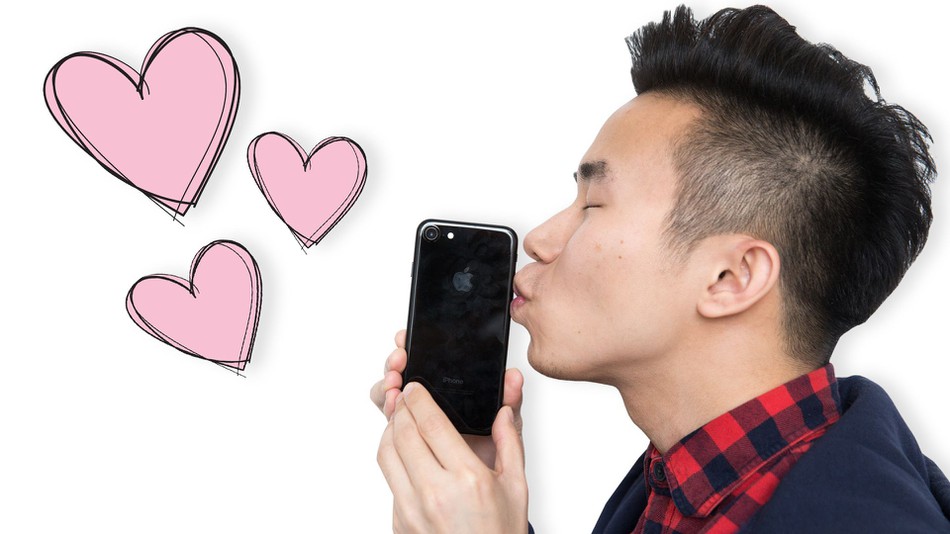
You only get to be a Lovemark when the people who love you tell you so.
• “If something gets to be a billion-dollar brand, there’s more going on than just a rational attachment. My feeling is that all the billion-dollar brands occupy a very special place in the hearts of consumers. That would make them Lovemarks.”
• “The idea of moving from a brand to a Lovemark means changing the relationship between the consumer and the brand. This change is from a rational decision to buy a brand to an irrational, passionate decision to be loyal to that brand. And you will find that, as the brand becomes a Lovemark, it will be forgiven for its mistakes.”
Becoming a Lovemark is within your grasp!
A big thanks to Carl Daoust for this guest post. Carl is the author of The Boy Who Set Fire to the Bible and a Top 10 finalist in the 2015 edition of the World’s Best Story contest.

Book Website: www.boysetfiretobible.com
Check out a sample chapter of The Boy Who Set Fire to the Bible here:
